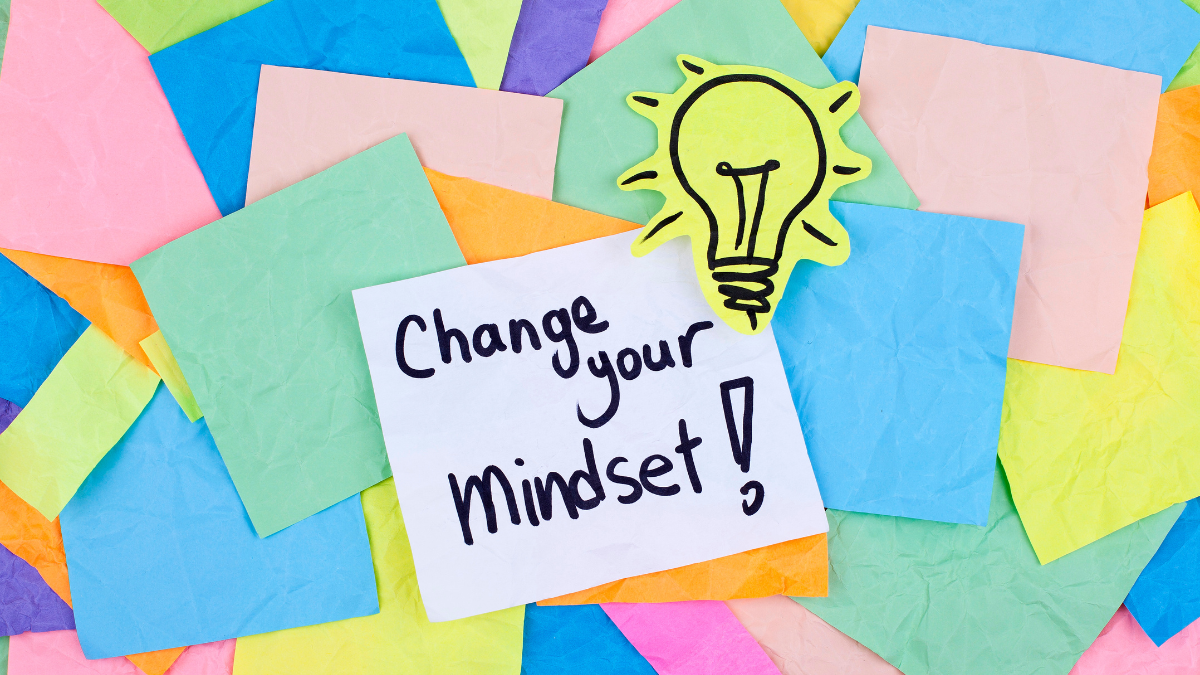Many teachers try to encourage a growth mindset in their students, but sometimes educators themselves operate with a fixed mindset. What’s the difference? According to Carol Dweck, author of Mindset: The New Psychology of Success, people with a fixed mindset believe that their qualities are fixed traits and cannot change or improve. They believe talent leads to success, and so will not put in any effort to try and improve themselves in areas.
On the other hand, a growth mindset is where people believe that their learning and certain qualities can improve over time with hard work. When people believe that they can become smarter, they put in the work, which often leads to success.
6 practices to build a growth mindset for teachers
1. Keep on learning
It’s important for teachers to continuously learn and grow. never stop learning and growing. Educators need to find new ideas, new teaching methods, and to try different techniques to better help their students. It may be easier to do nothing, but if we can encourage our students to push themselves further, we can encourage ourselves to do the same.
2. Ask questions
Toddlers LOVE asking questions. If you’ve spent any time with a toddler, you would have heard the question “why?” ad nauseam. However, as children grow older, they become apprehensive of asking questions. Some classrooms have started integrating inquiry-based learning – introducing questions, scenarios or problems to learners and urging them to explore topics through questioning.
What if teachers applied the same method to their lives? Imagine how much more creative our ideas and problem-solving would be if we approached school-based problems this way.
3. Be an innovator
Many schools are enforcing the idea that students need to be innovators, makers, and thinkers in order to succeed in today’s popular job markets. Shouldn’t teachers be innovators as well then? There is no perfect technique when it comes to teaching, so teachers should experiment in the classroom to provide effective, powerful lessons. It doesn’t have to be technology-based either. It can be things like processes within the school or student project ideas.
4. Be flexible
Teaching today’s modern students requires learners and educators alike to be flexible and adaptable collaborators. There’s no room for stubborn, close-minded thinkers – in class or the staff room. In order to be effective teachers, we must be willing to collaborate with colleagues and to adapt to the needs of our learners.
5. Learn new technology
What do children of the Digital Age need in order to succeed in the future? If we don’t move with the times, we can’t effectively serve our learners. Teachers don’t need to be tech experts, but we do need to keep up and integrate technology into the classroom where we can. We teach kids new things all the time – we can learn new things too! Especially if it’s going to make their learning a better experience.
6. Really listen
How often do you find yourself zoning out at staff meetings? Hey, we get it – teaching can be exhausting. But during those daydreams, you may have missed a colleague’s idea that you could have added to. We expect our students to listen to us all day, but do we truly listen to them? Do we appreciate their ideas and contributions? When we slow down and pay attention, not only do we open ourselves to new ideas, but we create an environment where colleagues and learners feel heard and understood.
By implementing these practices into your life, you’ll be able to foster a growth mindset within yourself – and not just your students!



